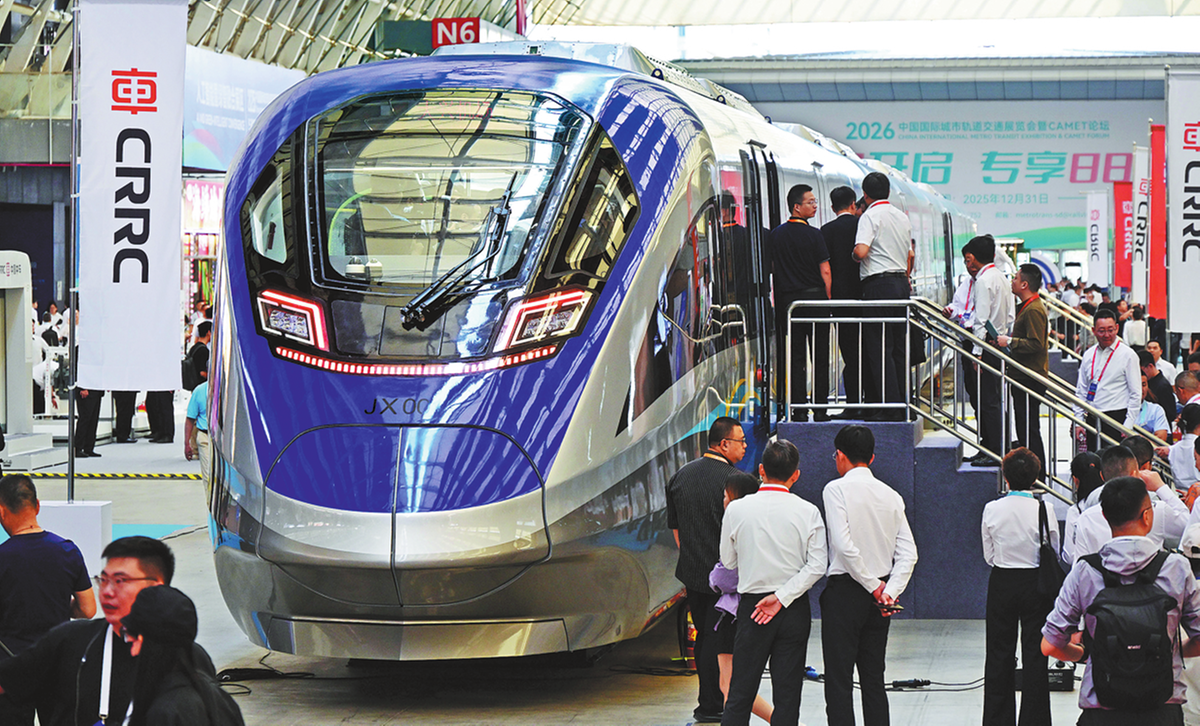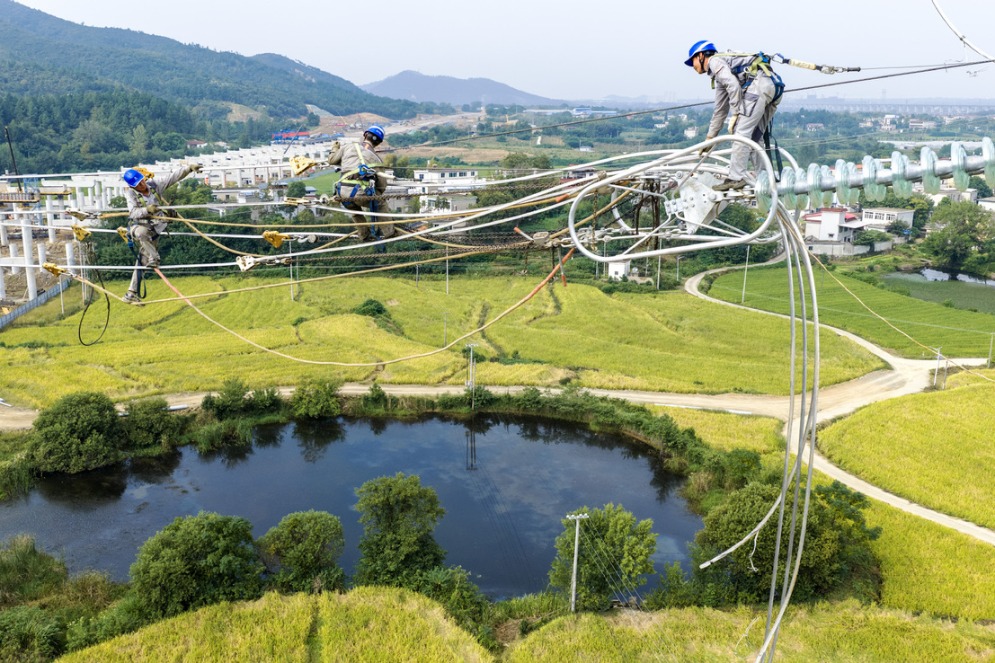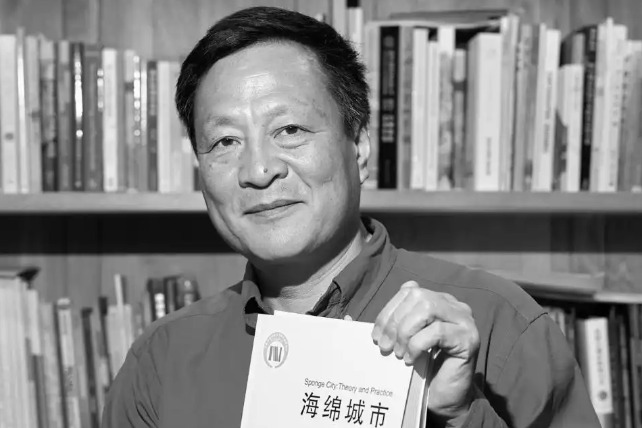Milestone reached in urban rail
Commuter service will enhance transit efficiency


A new intelligent commuter train is poised to transform connectivity between Beijing and Xiong'an, Hebei province, slashing travel times to just 30 minutes to Beijing Daxing International Airport. Beyond improving mobility, the train is expected to inject fresh momentum into the integration of the Beijing-Tianjin-Hebei region and the growth of Xiong'an New Area.
Developed under independent Chinese standards with complete intellectual property rights, the train represents a breakthrough in the country's urban rail transit equipment. Capable of reaching speeds of up to 200 kilometers per hour, the train will serve the Beijing-Xiong'an express line, which will eventually connect with the Beijing Daxing International Airport subway line. Once operational, the service will cut travel between Xiong'an and the capital's Lize business district to just one hour.
The project is led by China Railway Rolling Stock Corp, which emphasized the high level of domestic innovation behind the new model.
"On the train, 88 percent of the technical standards are domestically sourced, and all key core technologies are independently developed," said Zhu Jianhua, a senior designer at CRRC Qingdao Sifang.
Industry experts highlight the train's advances in standardization, automation and sustainability. Among its most notable features is an advanced control system described as the "smartest brain" in urban rail, enabling intelligent operation and predictive maintenance.
"To tackle challenges like high-speed unmanned operation and extended station intervals, the train employs self-learning control systems, reducing failure rates by over 95 percent," said Zhu.
Safety and reliability are further enhanced by hot-backup switching technology, which allows seamless transfers to backup control systems in case of circuit failure, and a redundant sensing network of more than 2,900 monitoring points. These sensors track the real-time condition of critical components such as wheels, propulsion systems, brakes and doors, responding to issues within milliseconds.
Energy-saving features include the use of carbon fiber materials in the driver's cab and equipment compartments, reducing the weight by about 30 percent compared with traditional designs. The train also features a streamlined low-drag body, permanent magnet traction, and variable-frequency air conditioning, collectively reducing its energy consumption by approximately 16 percent.
"The Beijing-Xiong'an express line will significantly enhance transit efficiency between Beijing and Xiong'an, injecting new momentum into the development of the Beijing-Tianjin-Hebei world-class city cluster", said Zhang Yaodong, assistant to the general manager of China Xiong'an Group and chairman of Xiongshang Development Co.
zhaoruixue@chinadaily.com.cn
- Vibrant China during holiday: Traditional culture meets tech
- China activates emergency response as Typhoon Matmo approaches
- Over 230 anticancer drugs feature in national medical insurance catalog
- South China provinces activate Level-IV emergency typhoon response
- Xi congratulates Luxembourg's Grand Duke Guillaume on enthronement
- Prison terms issued over deadly 2023 Shanxi coal company fire




































